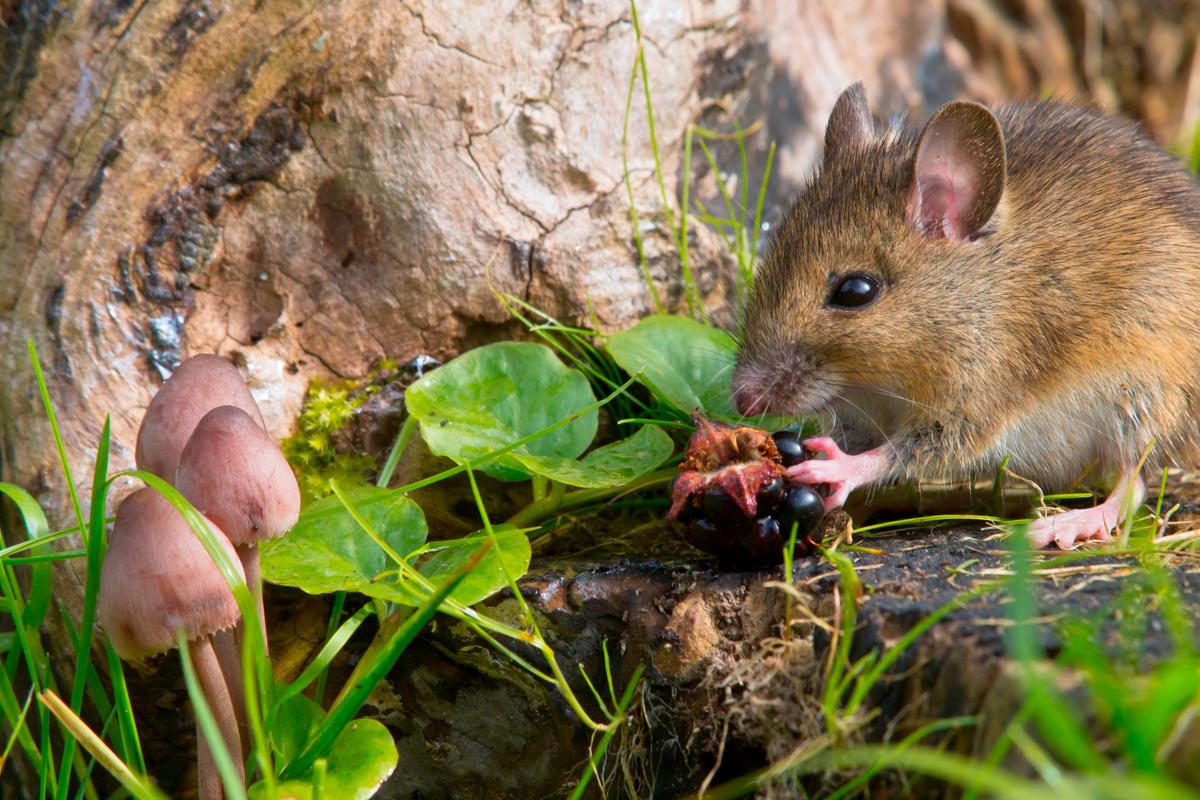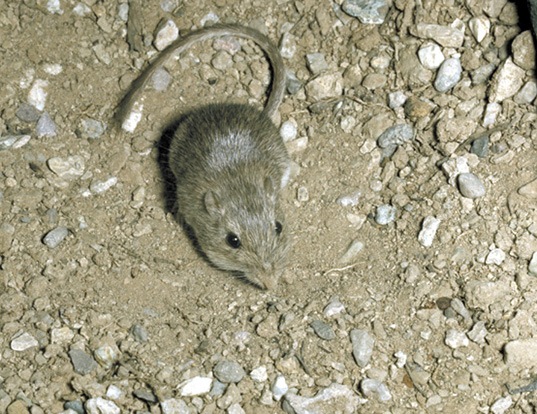

Desert Animals Book A short book about desert animals to print for early readers with letters to fill in. Natural Selection and Adaptation QUESTIONS 1. Students summarize the evidence for evolution by natural selection shown in the film and in figures from a scientific paper.
#Pocket mouse in desert free#
Save Image Print Image Desert Rodent Jerboa Coloring Page Free Printable Coloring Pages Coloring Pages Nature Desert Animals Coloring Animal Coloring Pages Rock pocket mice however have had an enormous impact on science.ĭesert pocket mouse coloring pages. This site is for them to stop by this website. You can also bring about supporting this website by sharing videos and graphics that you enjoy on this site on your social media accounts like Facebook and Instagram or educate your closest friends share your experiences about the ease of access to downloads and the information that you get on this website.
#Pocket mouse in desert movie#
includes one of tens of thousands of movie collections from several sources, particularly Youtube, therefore we recommend this video for you to view. Our site gives you suggestions for viewing the maximum quality video and picture content, hunt and locate more informative video content and graphics that match your interests. Remember that fitness is defined by.ĭesert Pocket Mouse Coloring Pages - If you're looking for video and picture information related to the keyword you have come to pay a visit to the ideal site. Another interesting fact about the mouse is that the female pups will reach sexual maturity early on and will become pregnant while still young.Because most rock pocket mice have a sandy light-colored coat they are able to blend in with the light color of the desert rocks and sand thatthey live on. It is difficult for the young to survive and only about 5% of these will survive. The female will have a litter of 2-6 pinkies. Most young are born in the months from April till May, while the number dips in June till August. The breeding season of the desert mouse begins in late February and lasts till September.

Their young are born and raised in the burrow chambers that are especially dug out. They do not migrate to any other region during the winter, but might hibernate in the burrows during this time. These creatures are active throughout the year but may be inactive during the winter season. The desert mouse is a nocturnal creature. They do not prefer to make their burrows around rocks. They dig out the soil from these places to make their burrows near the base of bushes. They prefer soft alluvial soils that are found near stream bottoms, desert washes, and valleys. This mouse excavates its burrows in sandy, silty, or gravelly soils.

Nothing much is known about their water consumption, except for the fact that they fulfill their need for water from the foods that they eat. A desert pocket mouse stores the seeds that it collects in burrows and dispersed caches. Along with that, it also feeds on grass, shrubs, and sometimes insects. It mostly feeds on seeds of the mesquite, creosote, broomweed, and palo verde tree or forbs. They are territorial creatures who prefer solitude. As the name suggests, the desert mouse prefers to live in areas that have a desert-like habitat. The desert mouse is usually found in North America in the regions of California, Colorado, Mexico, and Southwestern United States along with other desert animals. Their competitors for food and water include other heteromyidae like cricetids and Dipodomys merriami. Their predators consist of both, animals and birds, like snakes and owls, and other predatory mammals found in these areas. A group of desert mice is known as harvest, nest, colony, or mischief. The young of the desert mice are called kitten, pup, or pinkie. The male species of the desert mice are called buck, while the females are called doe.


 0 kommentar(er)
0 kommentar(er)
